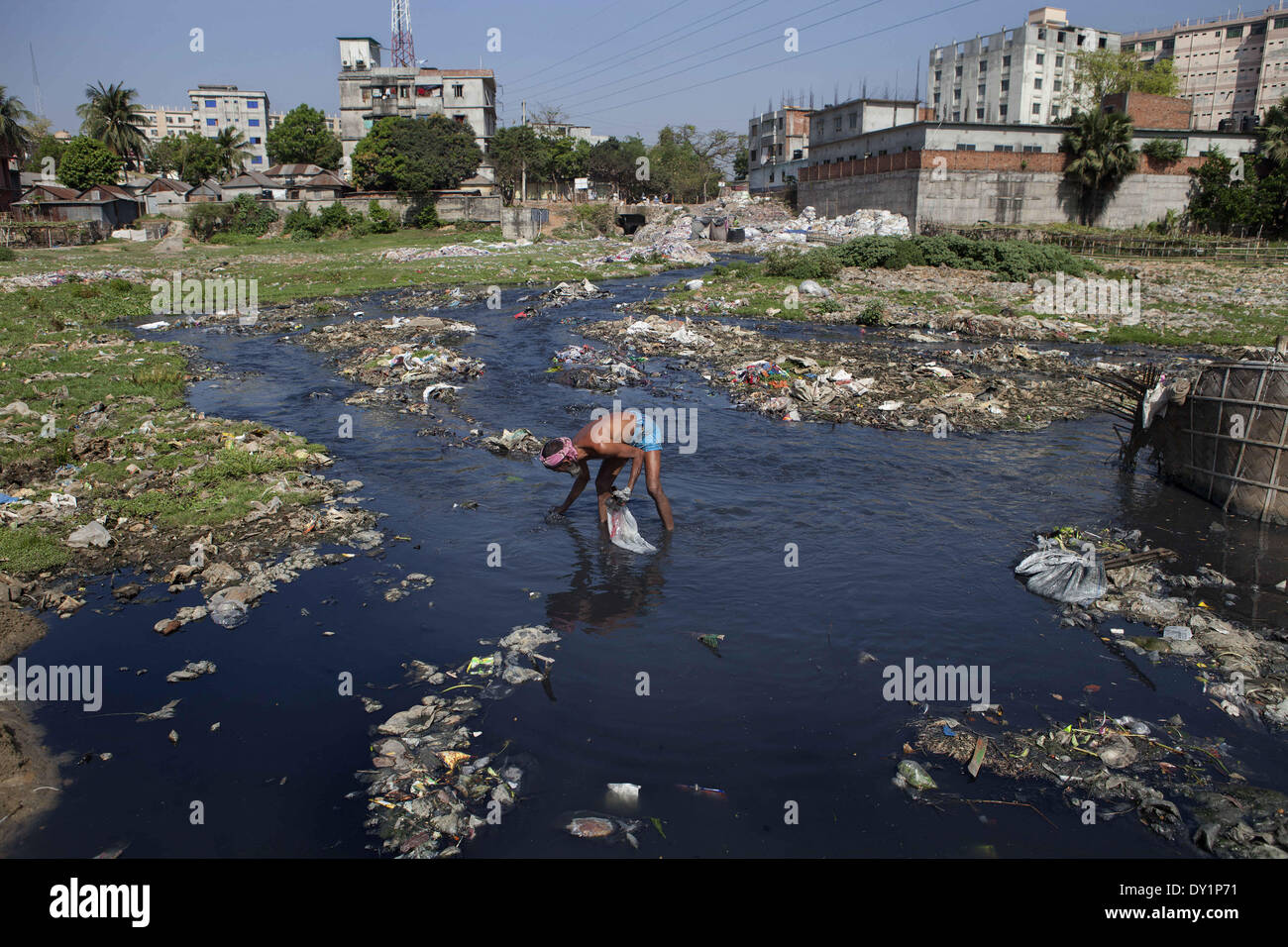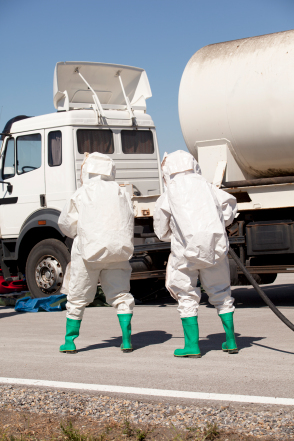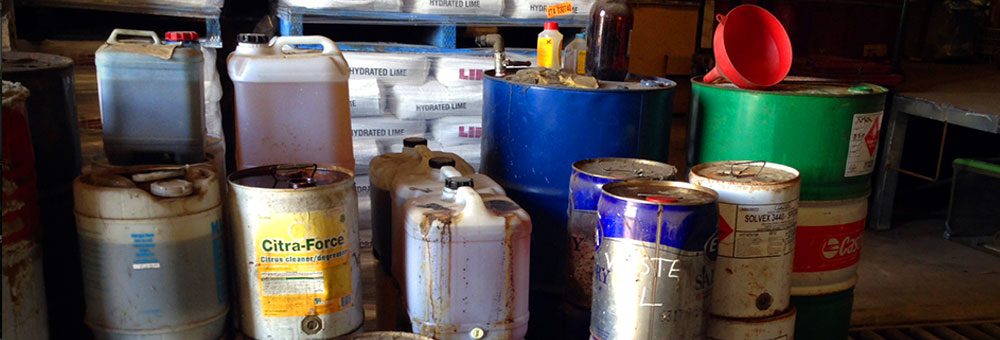Just How Fluid Garbage Disposal Works: A Thorough Summary of Methods and Technologies Used

Overview of Liquid Waste Types
The complexity of liquid waste types necessitates a complete understanding of their features and ramifications for disposal. Liquid waste can extensively be classified into several kinds, consisting of commercial, community, agricultural, and contaminated materials. Each group exhibits distinctive properties, calling for specific management approaches to reduce environmental and health and wellness risks.
Industrial fluid waste originates from producing procedures and frequently has a variety of contaminants, such as hefty metals, solvents, and organic substances. Metropolitan liquid waste, mostly comprising wastewater from homes and commercial facilities, contains raw material, nutrients, and microorganisms (industrial wastewater treatment). Agricultural liquid waste, consisting of drainage from ranches, might have plant foods, pesticides, and animal waste, posturing threats to water top quality and ecosystems
Hazardous liquid waste is characterized by its poisoning, sensitivity, or prospective to create injury. Recognizing these varied liquid waste types is important for creating efficient disposal techniques and guaranteeing compliance with ecological policies.
Physical Therapy Approaches

Screening is the preliminary step, where bigger particles and debris are eliminated from the fluid waste making use of displays or grates. This procedure shields downstream devices from damages and makes certain smoother procedure. Following screening, sedimentation makes use of gravitational force to separate solids from fluids. In sedimentation tanks, larger fragments clear up at the bottom, creating a sludge layer, while the cleared up fluid can be more treated.
Filtration is an additional important approach that entails passing the liquid via permeable materials, such as sand or membrane layers, to catch smaller fragments. This action improves the quality of the fluid, making it suitable for succeeding treatment processes.

Chemical Therapy Techniques
Chemical treatment methods are important for successfully taking care of liquid waste, specifically in dealing with dissolved and colloidal impurities that physical methods might not appropriately remove. These methods use different chemical representatives to reduce the effects of, speed up, or change dangerous substances into much less unsafe kinds.
One typical approach is coagulation and flocculation, where chemicals such as alum or ferric chloride are included in advertise the aggregation of suspended particles. This procedure improves sedimentation, permitting much easier elimination of the resulting sludge. Additionally, oxidation processes, using representatives like chlorine or ozone, are utilized to damage down complex natural substances and pathogens, making the waste more secure for discharge or additional therapy.
Neutralization is another vital strategy, which readjusts the pH of acidic or alkaline waste streams to neutral degrees, preventing possible harm to downstream systems and the atmosphere. In addition, advanced oxidation processes (AOPs) use mixes of oxidants and ultraviolet light to weaken relentless toxins, achieving a higher level of treatment effectiveness.
Biological Treatment Procedures
Organic treatment procedures play top article an important function in the administration of liquid waste by using bacteria to decay natural issue and lower impurity levels. These processes can be broadly categorized right into cardio and anaerobic therapies, each using details microbial areas to attain efficient waste deterioration.
Cardiovascular therapy entails using oxygen to assist in the malfunction of organic materials by microorganisms. This procedure is typically implemented in activated sludge systems, where oygenation containers provide a conducive environment for microbial development, causing the oxidation of organic pollutants. The resultant biomass can be divided from treated effluent through sedimentation.
On the other hand, anaerobic therapy happens in the absence of oxygen, counting on different microorganisms to break down raw material. This approach is especially beneficial for high-strength waste, as it generates biogas, This Site a renewable resource resource, while lowering sludge manufacturing. Technologies such as anaerobic digesters are often employed in metropolitan and commercial applications.
Both cardio and anaerobic organic treatments not just lessen the environmental impact of fluid waste however also assist in resource recovery, making them vital components of lasting waste management approaches. Their effectiveness, performance, and adaptability support their prevalent implementation across numerous sectors.
Emerging Technologies in Disposal
Ingenious techniques to fluid waste disposal are quickly advancing, driven by developments in modern technology and an increasing focus on sustainability. Among these emerging modern technologies, membrane layer bioreactors (MBRs) have acquired traction for their ability to integrate organic therapy with membrane layer purification, resulting in top notch effluent that can be recycled in numerous applications. MBRs enable smaller footprints and more efficient operations compared to conventional systems.
One more appealing advancement is the use of anaerobic food digestion incorporated with nutrient recuperation modern technologies, which not just deals with fluid waste but likewise produces biogas and recuperates important nutrients like nitrogen and phosphorus. This double benefit improves resource efficiency and reduces ecological influence.
In addition, progressed oxidation processes (AOPs) are being taken on for the degradation of complicated natural pollutants. These techniques utilize effective oxidants and catalysts to break down pollutants at the molecular degree, using an extremely reliable option for difficult waste streams.
Furthermore, the integration of synthetic intelligence and equipment knowing in waste administration systems is optimizing functional effectiveness and predictive upkeep, causing reduced prices and enhanced environmental conformity. These innovations reflect a considerable change towards even more sustainable and efficient liquid waste disposal methods.
Conclusion
Finally, efficient liquid waste disposal necessitates Recommended Site a thorough understanding of different techniques and modern technologies. The combination of physical, chemical, and organic treatment approaches makes sure the effective management of varied waste kinds. Furthermore, the emergence of innovative technologies enhances treatment effectiveness and promotes sustainability in waste administration techniques. By constantly progressing these methodologies, it comes to be feasible to deal with the expanding challenges related to fluid waste, ultimately adding to environmental management and source recovery.
Fluid waste disposal is a vital facet of environmental monitoring, calling for a comprehensive understanding of various methods and innovations customized to different waste types. Liquid waste can broadly be categorized into several kinds, consisting of commercial, metropolitan, farming, and unsafe waste. Agricultural fluid waste, consisting of overflow from ranches, might have plant foods, chemicals, and pet waste, presenting dangers to water quality and ecological communities.
Various physical therapy methods play an important role in managing fluid waste effectively - industrial wastewater treatment.In conclusion, effective fluid waste disposal necessitates a detailed understanding of different techniques and technologies